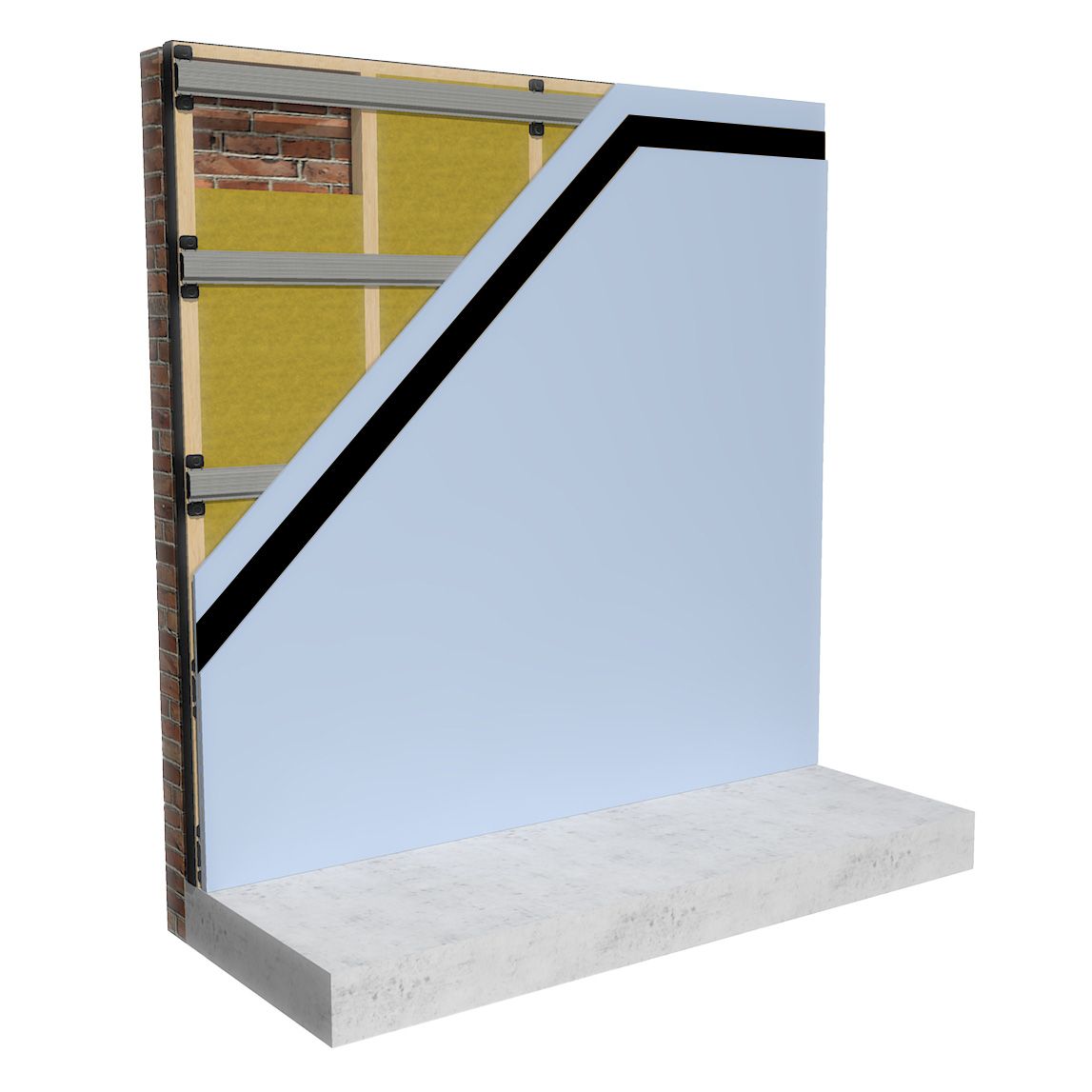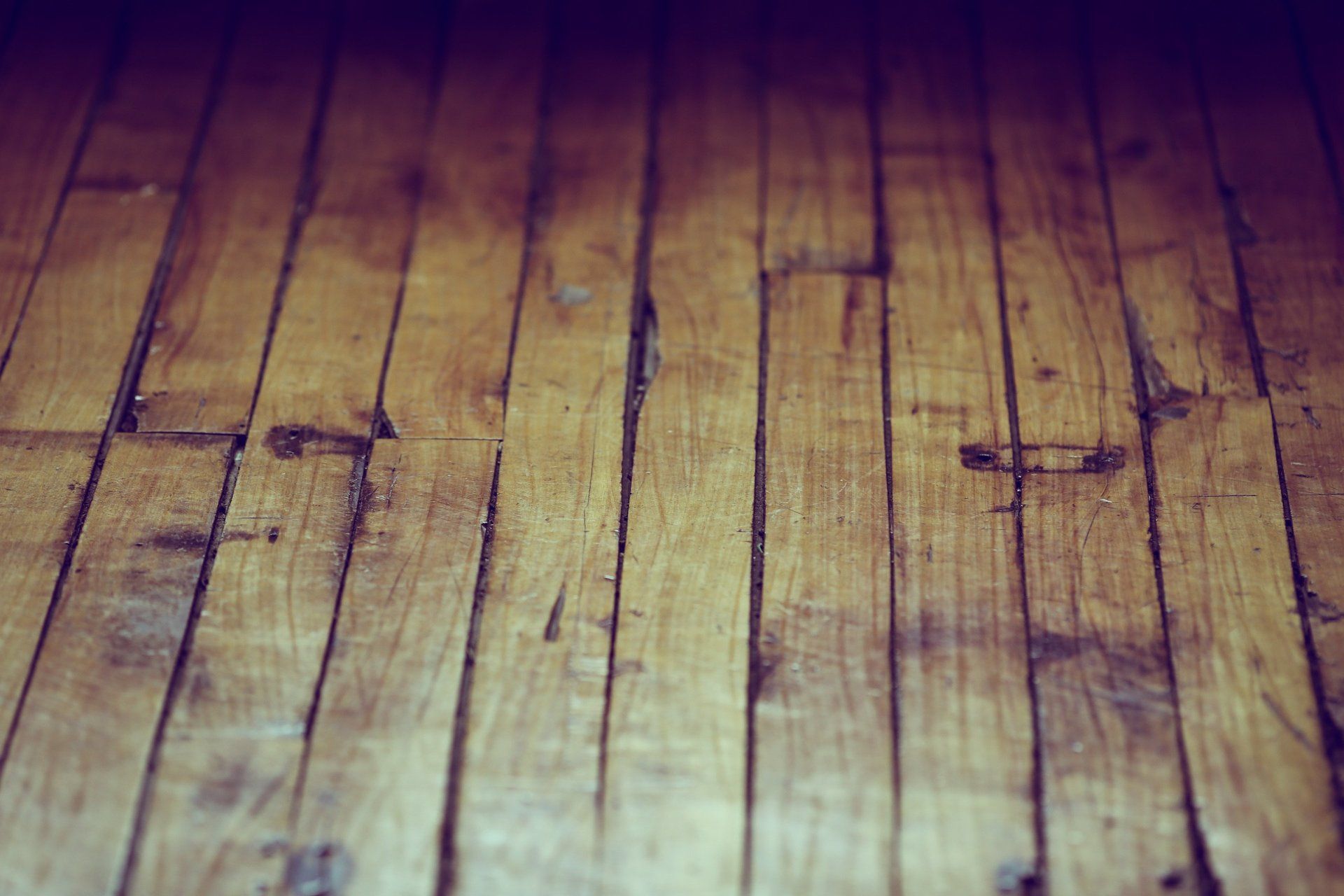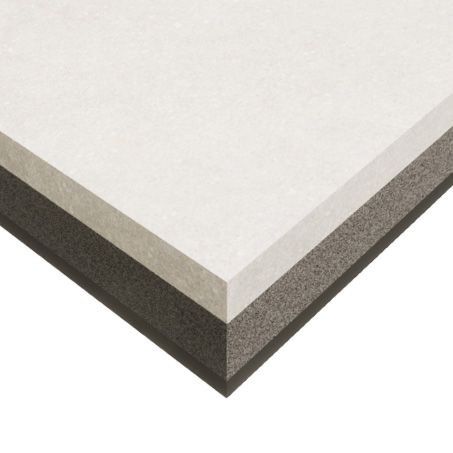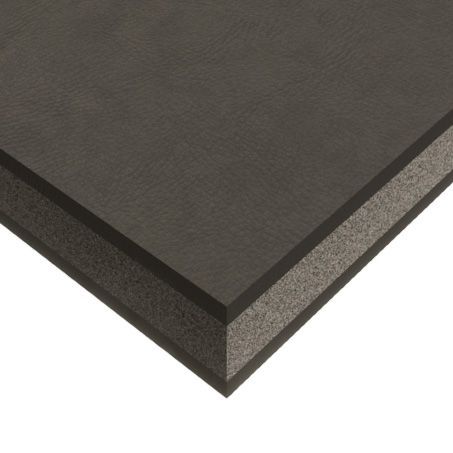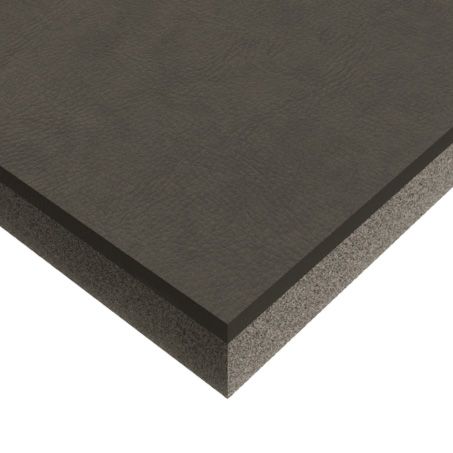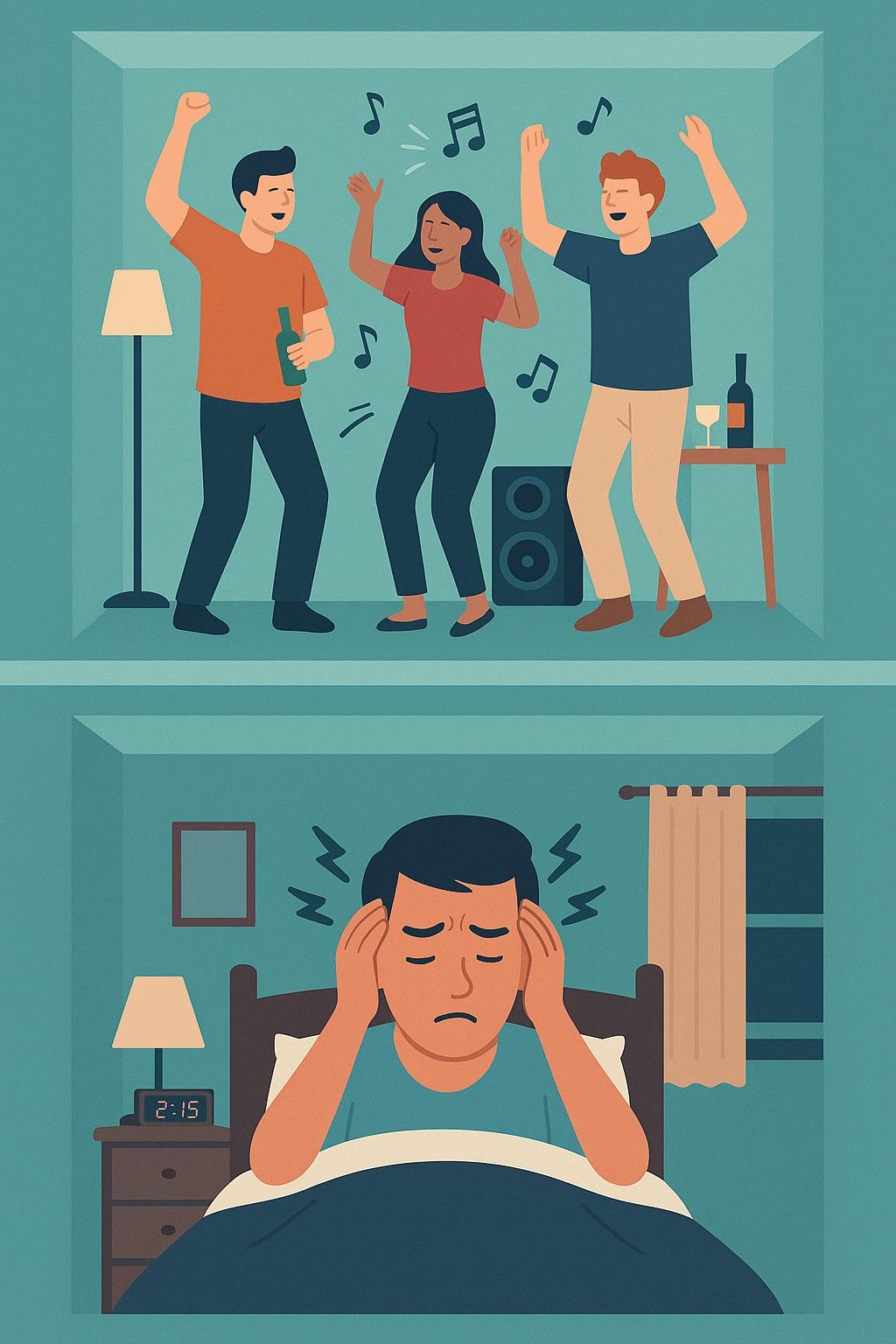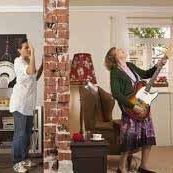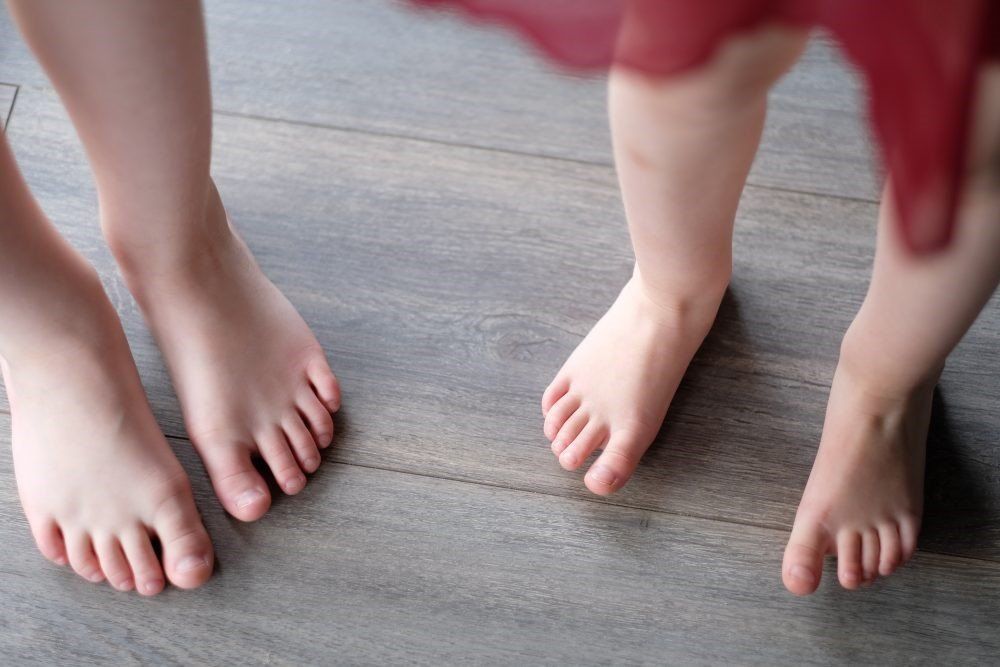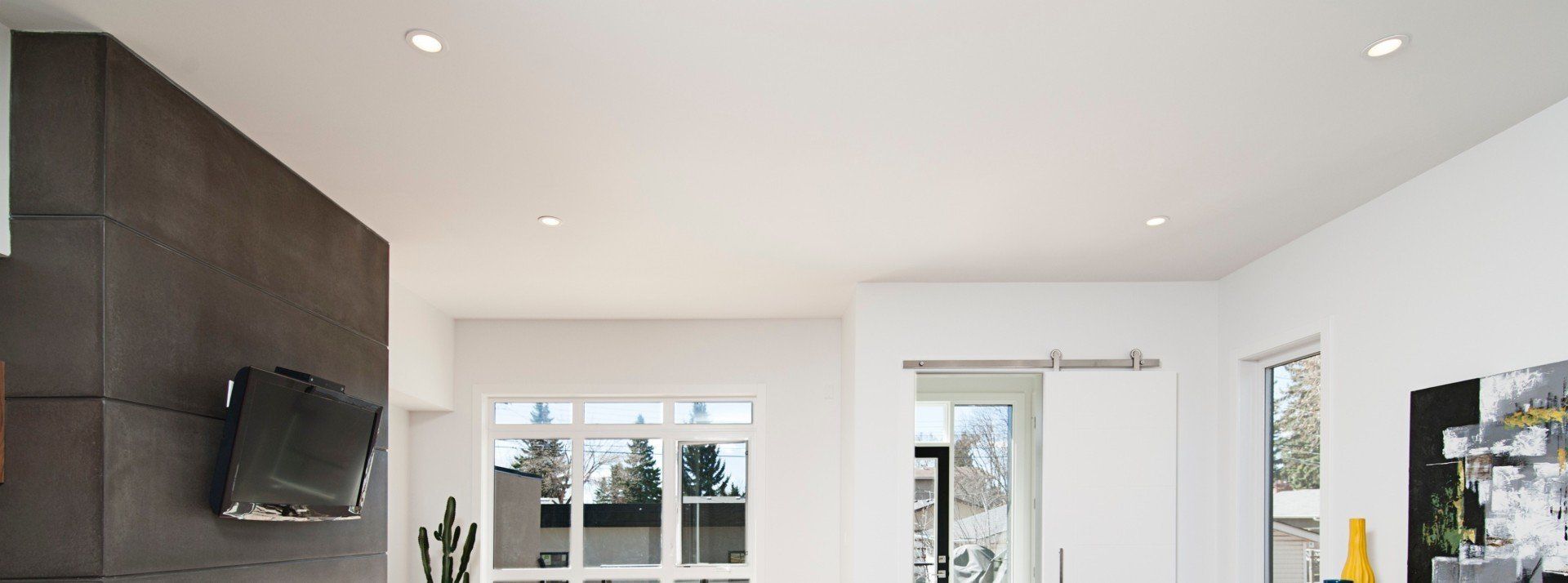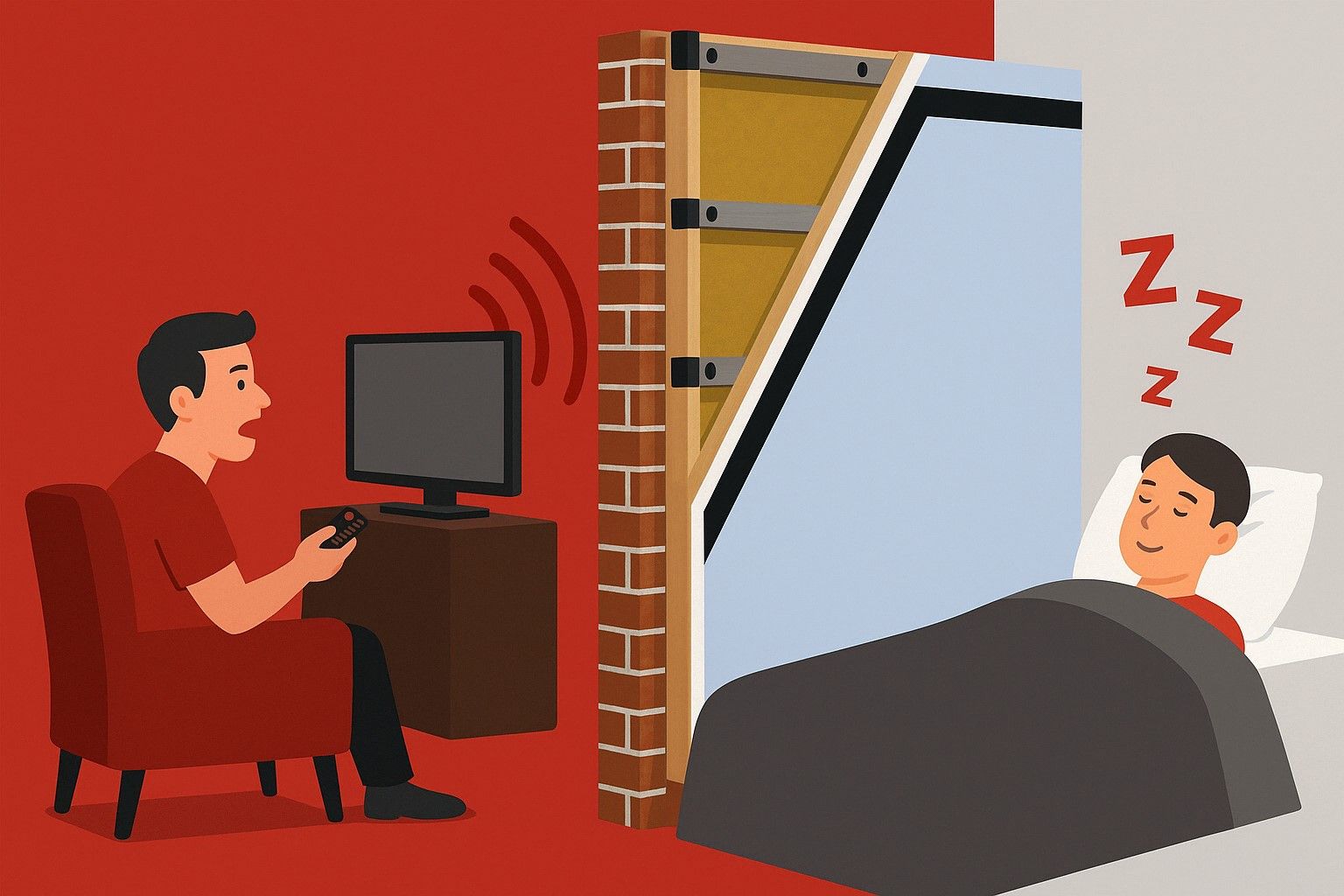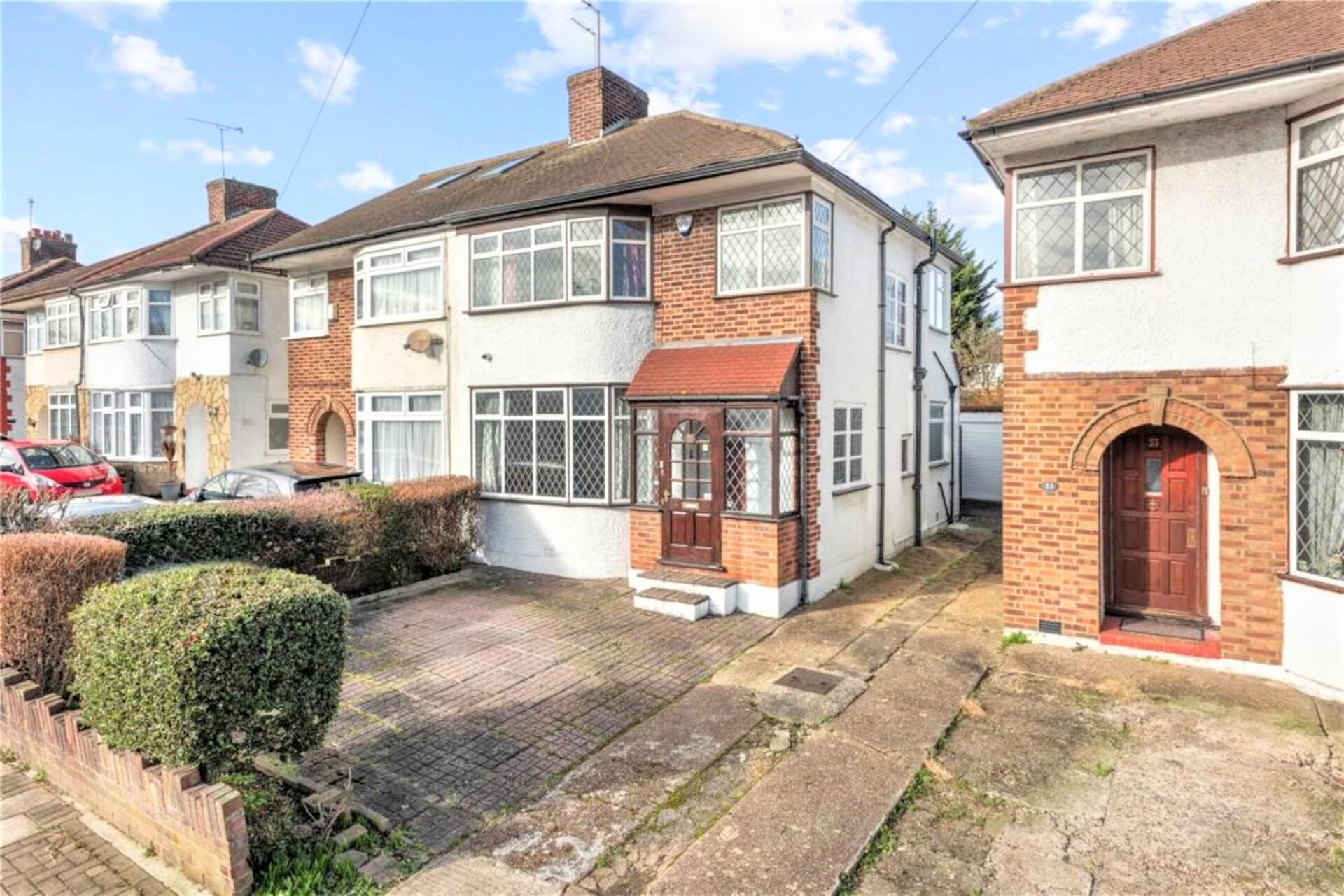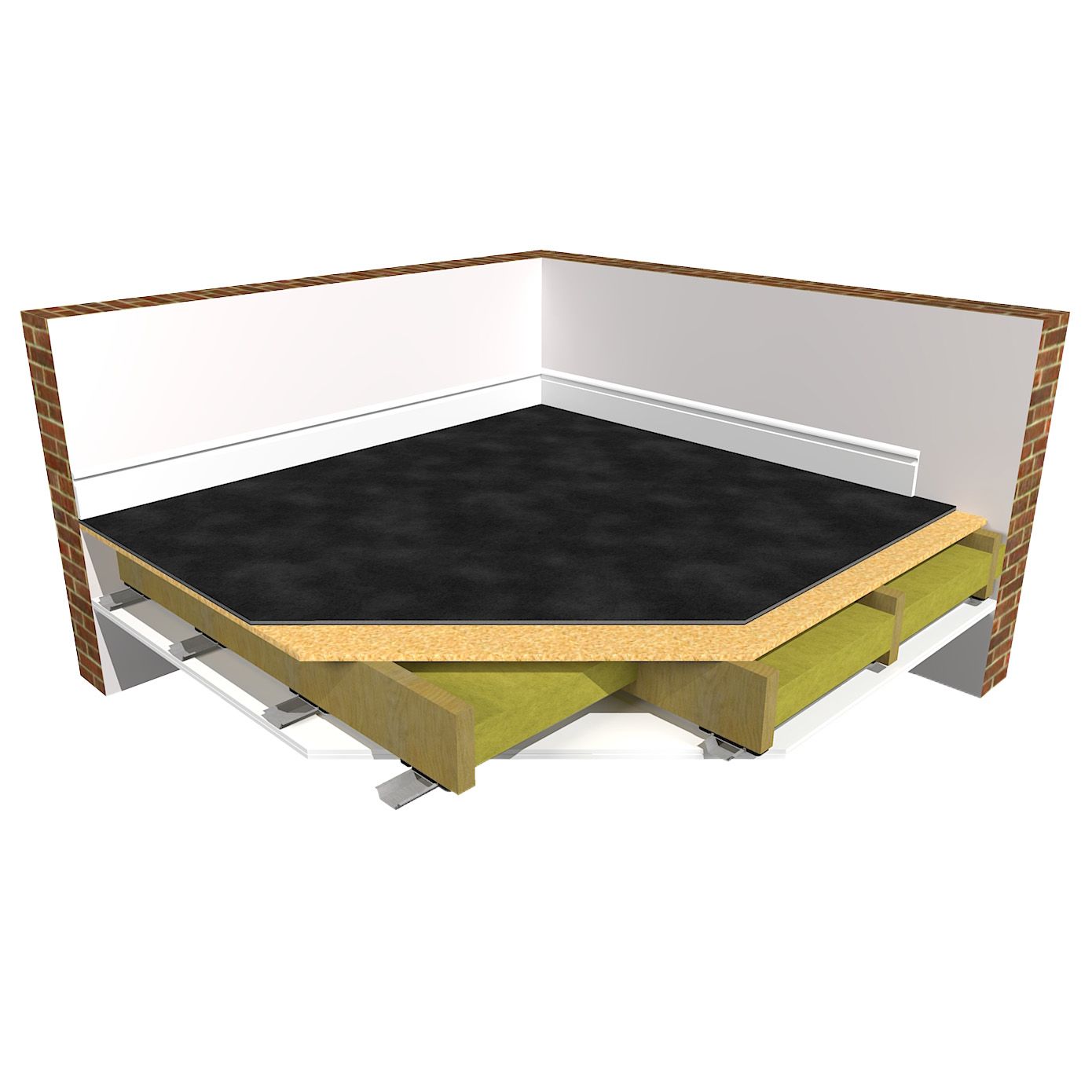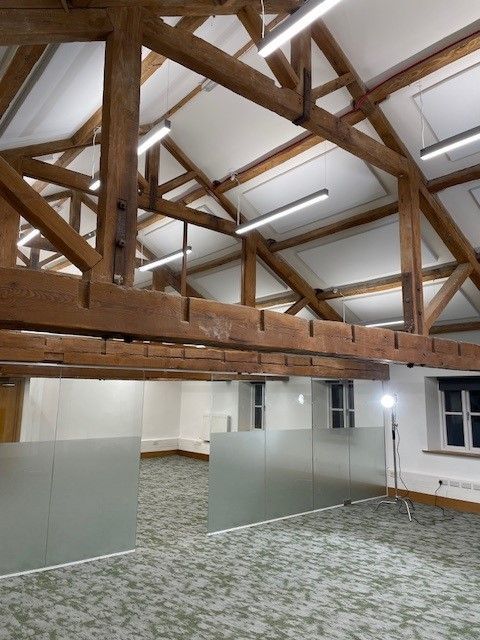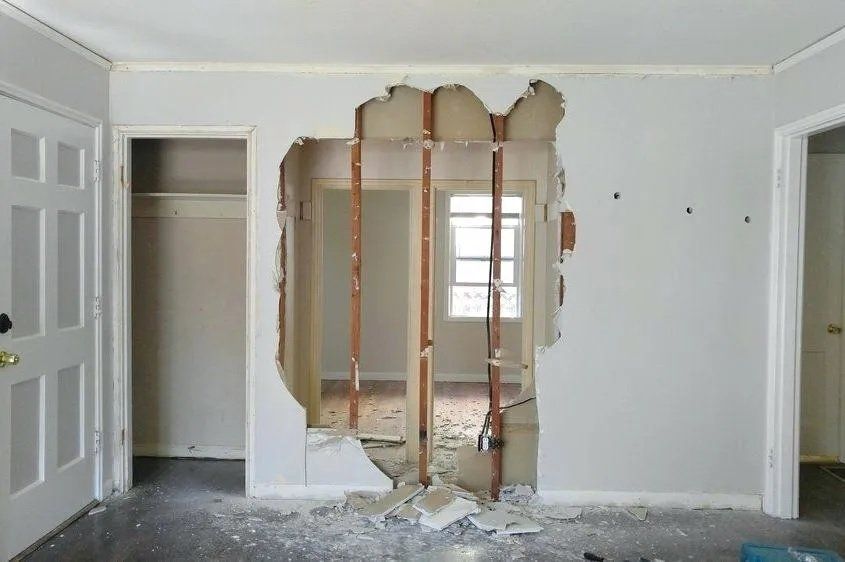How to Soundproof a Floor and keep your original Floorboards
Can I reuse my old floorboards?
Here at The Soundproofing Store we get asked this question a few times throughout the week. The Vintage Look in houses seems to be on trend at the moment, whilst an article by
Good Housekeeping regarding home decor trends listed
Vintage Accents as one of the top trends of the year.
A lot of enquiries are from people wanting to keep their old floorboards (sometimes Victorian) on display as they look fantastic when polished and add a rustic feel to a home.
How does this work though if there is a noise issue, or if the neighbour downstairs is complaining about noise travelling down to them or vice versa? Are you able to keep your vintage floorboards or not? The reality is that it isn't always possible to soundproof a floor and reuse old floorboards, due to a number of reasons which are highlighted below.
Why We Don't Recommend Reusing Your Old Floorboards
Bare and old floorboards are unfortunately a massive red flag for us, especially for impact noise travelling down the floor and to any neighbours below, as they offer no resilience against the impact vibrations and can actually amplify the noise.
They are also likely to have holes, damaged areas and weaknesses which could also lead to airborne noise transmission being an issue.
This is why our advice from the start is when you are looking into adding soundproofing to your floor, don’t reuse original floorboards.
The reasons for not reusing old, original floorboards are not simply a performance one (when it comes to soundproofing) but also a practical one.
The practicalities of soundproofing a floor and reusing the original floorboards
Original floorboards can look beautiful and contain their own history of people and their footsteps from over the years. As they have been in place for so long, often in excess of 100 years, they have settled and moulded to the structure of the building and joists. Over time these have settled and moved and when it comes to removing them (with the intention of reusing them), there can be a number of difficulties:
- Removing old and original floor boards without damaging them is extremely difficult. Because they have been nailed down, taking them up without damage is near impossible
- Removing them and labelling them in such a way that they can be reused is no mean feat. They need to be put back exactly as they have been removed
- Often when removing original floorboards they are no longer flat, they have warped and bowed over time. Fixing them back once the floor has been soundproofed so they lay flat is extremely difficult, without drilling or nailing. This in turn can split and damage the old boards and weaken the soundproofing
Fundamentals of Soundproofing a Floor
When soundproofing a timber joisted floor, there are three issues to consider.
- Firstly Airborne Noise (voices, tv, music etc). The only thing that blocks airborne noise is mass, so we need to add as much mass to the floor as we can. Mass is weight, so by adding very heavy, dense materials to the floor we can raise the amount of mass.
- The second problem is Impact Vibration (footfall, dragging furniture, dropping items etc). To stop impact vibration travelling into the structure, we need a resilient layer on the floor, which can absorb the impact at the source and stop the vibration from getting into the floorboards and transferring down to the ceiling below.
- The final problem is the Void Space underneath your floor, between the joists. When sound gets into this void, it echoes, resonates, and amplifies becoming louder. This is why sometimes footfall on the floor above doesn’t sound very loud, but below sounds like a heard of elephants! It is a bit like shouting down a cardboard tube and is called the drum effect. To stop this, we suggest installing Acoustic Mineral Wool Insulation between the joists. This absorbs the sound and stops it from resonating into the void. This can add an additional 10% to the overall reduction achieved.
It is also recommended that before buying materials and installing them, it is important to get any damaged/squeaky floor boards within the subfloor replaced and repaired first and securely screwed down. We then recommend filling all gaps in the floor with acoustic sealant to ensure the subfloor is flat and provides a stable base for the acoustic flooring to be laid.
3 Soundproofing Solutions for Timber Floors
The Best Way To Soundproof The Floor And Then Re-lay Your Original Floorboards
It is technically possibly to reuse your old floorboards, however in reality it is by no means a simple or thin solution.
- The first step would be to take up the original floor boards. As highlighted above, this in itself can be very difficult in making sure they are removed without damage and are suitable to be reused. Many old floorboards will have had very large old nails in the wood holding them in place. In addition to this, any tongue & groove boards may snap, rendering them unusable.
- At this stage whilst they are exposed, we would suggest installing Acoustic Mineral Wool Insulation between the joists to help absorb sound, and stop it from resonating into the void.
- You would then need to purchase a new subfloor. For the new subfloor we would recommend an 18mm tongue and groove board fixed directly to the joists.
- Then lay the Reverso SoundMat™ (hard side up) which is the ideal sound insulation for loud levels of airborne noise and high levels of impact noise.
- The Reverso SoundMat is 18mm thick and the fibre cement board layer provides a flat, stable base for most hard floor final finishes, such as floorboards (without the need for over boarding). The original floorboards can then be glued to the Reverso SoundMat. They can't be nailed, as this will short circuit the Reverso SoundMats. Soundproofing is very similar to waterproofing and drilling or nailing holes into the soundproofing provides a weakness for sound to travel through.
- The new total floor build up is 18mm T&G board, 18mm Reverso Soundmat = 36mm increase in height.
- An alternative to the Reverso SoundMat is the SoundMat 3 Plus, or SoundMat 2 Plus. Both perform exceptionally well against impact noise. With the SoundMat 3 Plus also performing well against airborne noise (unlike the SoundMat 2 Plus). With the SoundMats an over boarding layer would be needed prior to fitting the final floorboards
- Another alternative is the SoundDeck 32mm, however - this does not offer the same acoustic performance without a soundproof ceiling below
- The best solution would be to use a new engineered wooden flooring on top of the Reverso SoundMat, or SoundMats. If the new engineered wood flooring is 18mm or thicker then it can also be be applied directly on top of any of the SoundMat's (SoundMat 3 Plus and SoundMat 2 Plus). For anything less than 18mm, an over boarding layer is required prior to the final floor finish. The Reverso SoundMat is unique in that whatever the final hard floor finish is, there is no need for over boarding.
Reverso SoundMat™ Floor Soundproofing Solution
SoundMat™ 3 Plus Floor Soundproofing
SoundMat™ 2 Plus Acoustic Insulation For Floors
Soundproofing a floor and reusing the original floorboards - Summary
As highlighted, there are a number of practical issues when looking to reuse old floorboards and soundproof a floor. The question often comes down to one of 'Do you want to soundproof your floor, OR keep your original floorboards?' The practicality of doing both is somewhat hindered by the very real potential issues discussed above.
The answer to this question often depends on the levels and types of noise being soundproofed against. Many customers will sacrifice their original floorboards in favour of a room they can once again enjoy, without the unwanted noise from noisy neighbours.
The quality of engineered flooring is now such that it can offer a practical and aesthetic alternative to original floorboards. When it comes to effectively soundproofing a floor and keeping the look of original floorboards, then replacing them with a new sold or engineered floor is definitely the preferred option.
Share
"We don’t expect you to become an overnight expert in soundproofing, that’s what we’re here for."
